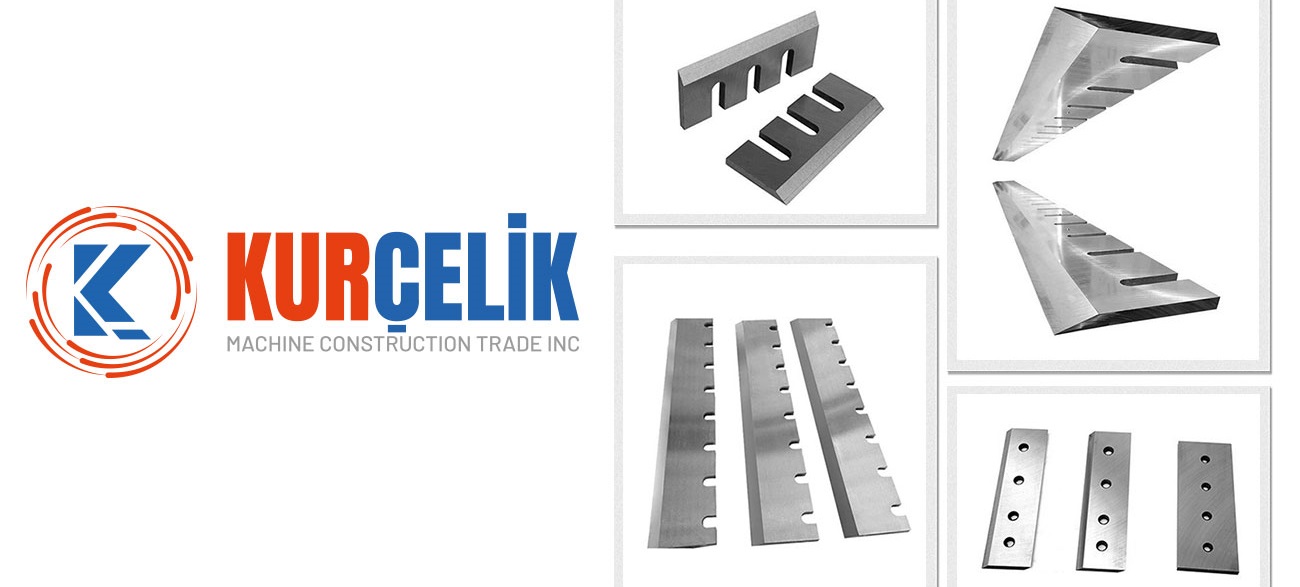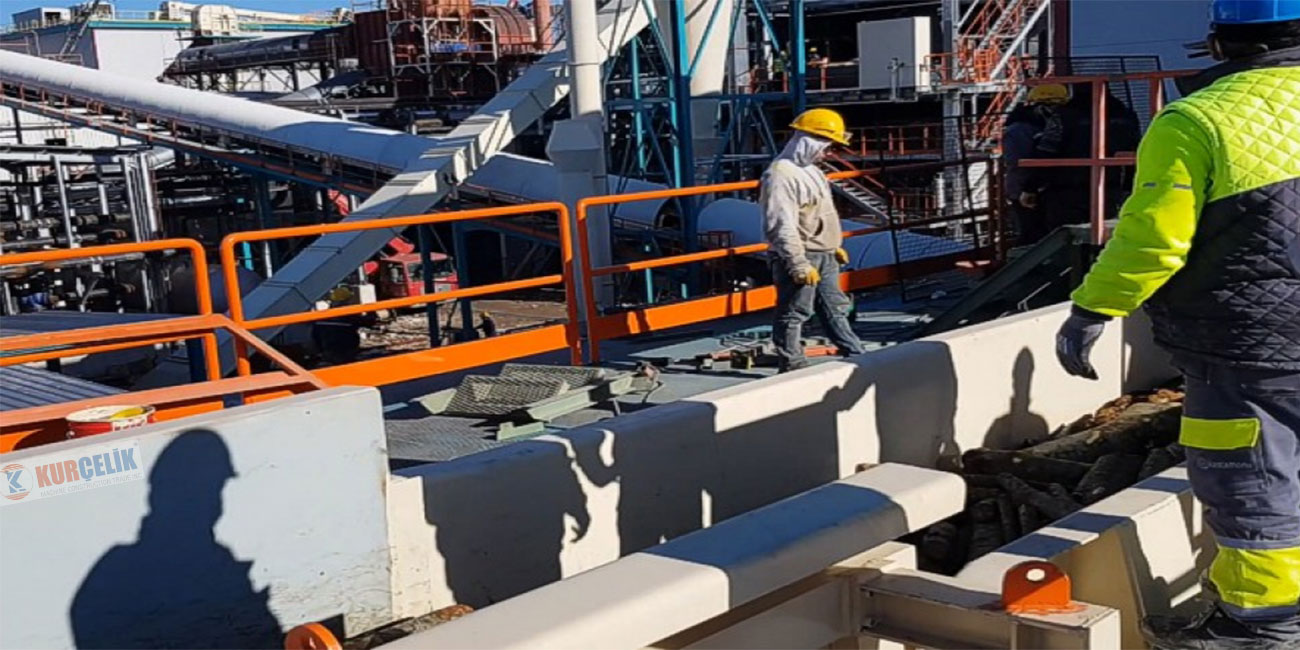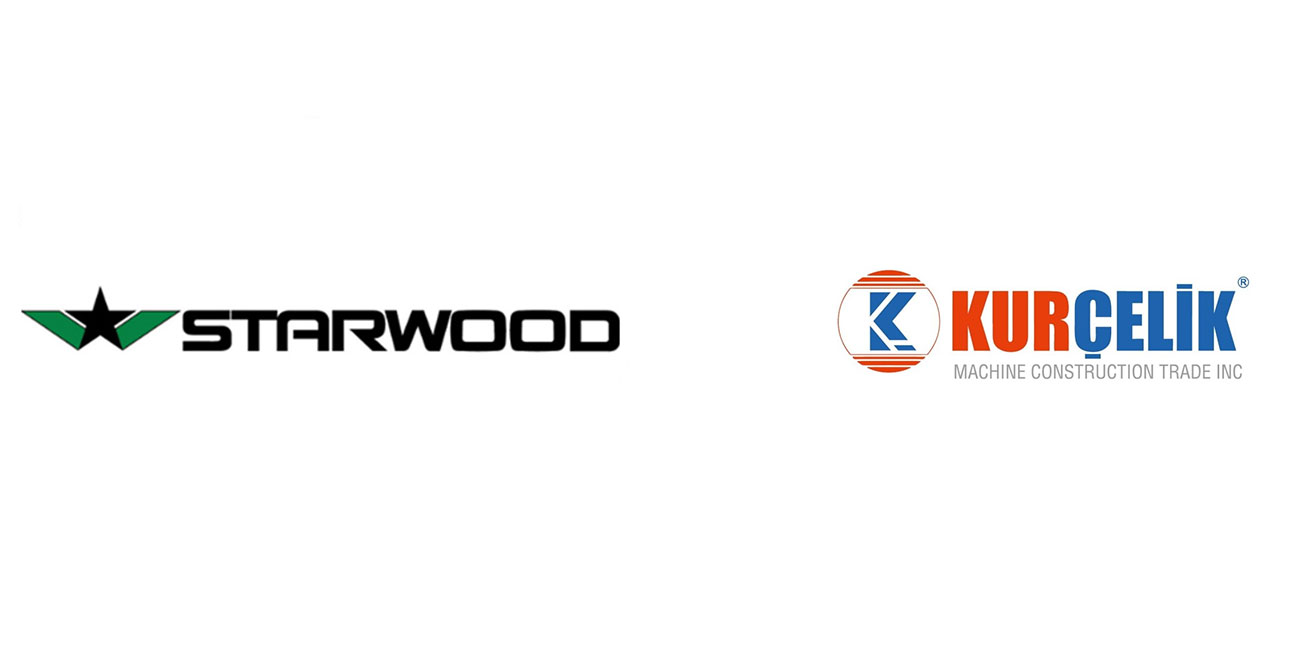The woodworking industry is an indispensable part of modern production processes. The efficiency and precision of the machinery used in this sector is largely dependent on the quality of the industrial knives used. Choosing the right type of blade speeds up production processes, reduces material waste and lowers costs.
1. What is an Industrial Knife?
Industrial knives are specially designed cutting tools used for cutting, shaping or slicing various materials (wood, metal, plastic, etc.). The blades used in woodworking machines differ according to the type of wood, cutting precision and type of process. These blades are usually made of high-strength steels, tungsten carbide or other special alloys.
2. Types of Industrial Knives Used in Wood Industry
1. Planer Blades
- Intended Use: It is used to flatten the wood surface and to obtain a smooth and smooth surface.
- Material Type: Usually high speed steel (HSS) or carbide tipped blades are used.
- Areas of Use: Used in furniture, door and window production.
- Highlights: Long sharpness retention, high surface quality.
2. Chipboard Blades
- Intended Use: Provides precise cutting when cutting particleboard or fiberboard.
- Material Type: Tungsten carbide tipped blades provide high resistance to hard particles of particleboard.
- Areas of Use: Chipboard and MDF factories, furniture manufacturing.
- Highlights: Long life, withstands high rotational speeds.
3. Slicing and Slitting Knives
- Intended Use: It is used to cut timber and logs into smaller pieces.
- Material Type: Special heat treated steels are used.
- Areas of Use: Timber processing plants, carpenter workshops.
- Highlights: Can cut even thick timber with precision.
4. Circular Saw Blades
- Intended Use: Used for linear cutting of wood boards such as timber, fiberboard and MDF.
- Material Type: Carbide tipped blades are common.
- Areas of Use: Furniture production, parquet production, workshops.
- Highlights: High-speed operation provides a large cutting volume.
5. Profile and Forming Blades
- Intended Use: It is used to give wood material special profiles and shapes.
- Material Type: Special shaped steel blades or carbide tipped blades.
- Areas of Usage: Production of specially designed furniture, decorative woodworking.
- Highlights: Can be produced in special shapes according to customer demand.
3. Things to Consider When Choosing an Industrial Knife
The choice of industrial knives directly affects production efficiency and product quality. The following criteria should be considered when making a choice:
- Cutting Material: Different blade types should be preferred for materials such as wood, MDF, chipboard, plywood or timber.
- Cutting Precision: For more precise cuts, carbide-tipped blades are recommended.
- Durability and Abrasion Resistance: For companies that produce frequently, the use of long-lasting blades reduces costs.
- Blade Type and Cutting Angle: The type of machine it will be used on and the cutting angle affect the choice of blade.
- Maintenance and Sharpening: Blades that require frequent sharpening can cause production downtime. Carbide-tipped blades solve this problem to a great extent.
4. Kurçelik’s Role in Industrial Knife Production
Kurçelik is a company specialized in the production of industrial knives used in the woodworking industry. With the use of high quality raw materials and modern production facilities, Kurçelik produces different types of knives required by the sector. Kurçelik’s prominent advantages are as follows:
. Advanced Production Technology
Kurcelik uses the latest technology in heat treatment and hardening processes. This makes the blades more durable and increases resistance to wear.
. Customer Oriented Solutions
In addition to standard blades, it offers special designs according to customer requirements. Special cutting profiles are shaped according to customer requirements.
. Quality Standards
Kurçelik produces in accordance with ISO 9001 quality management system. This means that the blades comply with international quality standards.
. After Sales Support
Kurcelik not only supplies its customers with products, but also provides blade maintenance service, sharpening and technical support.
. Wide Product Range
Kurçelik’s product range extends from planer blades to circular saws. In this way, suitable blade options are offered for all types of woodworking machines.
5. Tips for Maintaining and Extending the Life of Knives
- Regular Cleaning: During the cutting process, resin and sawdust accumulate on the blade surface. These deposits shorten the life of the blade.
- Proper Sharpening: Sharpen knives at regular intervals to keep them sharp. Over-sharpening can shorten the life of the knife.
- Proper Storage: Blades should be stored safely when not in use. Protective oil can be used to prevent rust from forming on the outer surface.
- Correct Use: Using the appropriate blade for each material prevents blade wear.
Conclusion
Industrial knives used in the wood industry are critical tools that directly affect the quality and speed of production processes. From planing knives to slicing knives, each type of knife serves a specific purpose. Kurçelik provides high efficiency to manufacturers in the sector by offering customized solutions for these needs.
Choosing the right blade reduces production costs, improves cutting quality and increases productivity. Kurçelik’s high quality products and customer-oriented service approach make it stand out in the sector. When you need industrial knives, Kurçelik should be your right choice.










































